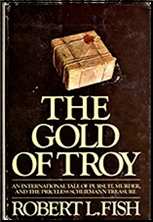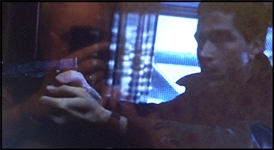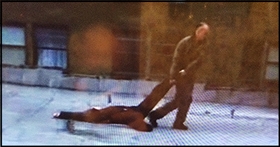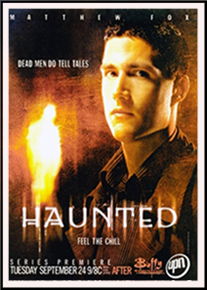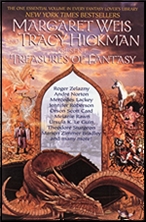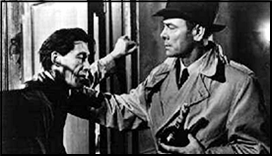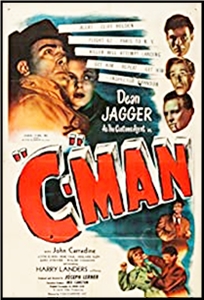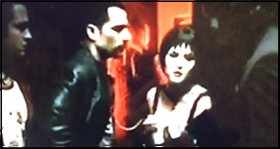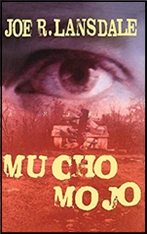Fri 28 Aug 2020
A PI Movie Review: ONE FOR THE MONEY (2012).
Posted by Steve under Mystery movies , Reviews[11] Comments
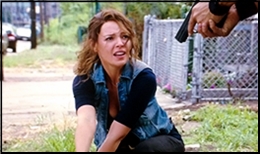
ONE FOR THE MONEY. Lionsgate, 2012. Katherine Heigl (Stephanie Plum), Jason O’Mara (Joseph Morelli), Daniel Sunjata (Ranger), John Leguizamo, Sherri Shepherd, Debbie Reynolds. Based on the book by Janet Evanovich. Director: Julie Anne Robinson. Available on DVD and currently streaming on Amazon Prime.
As everybody may already know, romance writer Janet Evanovich hit literary gold when she created New Jersey girl bounty hunter Stephanie Plum. There are now 27 in the series, the most recent being Fortune and Glory (2020), which I believe is the first without its number in the title.

Besides the criminous side of the things, there is a continuing romantic triangle with both vice cop Joe Morelli and fellow bounty hunter Ranger striving for the hand, if not more, of the extremely fetching Stephanie – just the kind of thing that keeps the ladies coming back for more, and done in such a way that menfolk don’t find much to object to, either.
In One for the Money, one of Stephanie’s first bounty hunting jobs – she is broke and needs the money – is to bring in Joe Morelli, who is accused of deliberately shooting a suspect who had no gun while doing a bust. It’s a weak story, admittedly, or perhaps a story weakly told, but I at least found the characters a whole lot of fun to watch. Not hilarious, as advertised, but fun.

The movie was an absolute bust with both the critics and the box office, which has completely eliminated the possibility of any more Stephanie Plum movies being made. Other the other hand, I am not alone in liking this film. If she is to be believed, and quoting from Wikipedia, “author Janet Evanovich was delighted with how the film turned out and did some joint interviews with Heigl to promote the film. Evanovich stated that she would now envision Heigl as Stephanie when writing the character.†I’m delighted to be in such good company.

